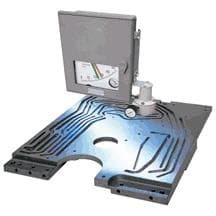Field Mounted Indicating Controllers
Brand: Azbil North America, IncField mounted indicating controllers consist of two major parts which are found in all models.
These are the process variable measurement unit and the indicating controller unit.
The controllers measure and adjust basic process variables for temperature, pressure, flow rate, liquid level, and can also handle pneumatic pressure signals.
The entire series features superb functional design with consideration for cost and operability.
A full lineup of indicating controllers, indicating transmitters, and indicating transmitting controllers is available for implementation of cost-effective instrumentation that meets a diverse range of functional requirements.
Features- High reliability
- We designed this series for both easy operation and improved reliability.
- Pressurized pneumatic piping is replaced by a pneumatic circuit board to ensure functional reliability, a twin bellows is used for long-term stability, and a metal case makes the unit resistant to heat, water, and weather.
- Excellent vibration characteristics
- Pressure measurement
- All spiral elements are equipped with a balance weight to suppress PV indicator oscillation.
- The structure also prevents eccentricity in the central shaft by determining the angle of displacement from the element center.
- Temperature measurement
- A bellows type pressure-receiving element is employed, and a torque that is large enough to overcome the force of oscillation is obtained to cancel out PV indicator oscillation.
- Pressure measurement
- Countermeasures against process pulsation
- Spiral elements with a damping feature that makes them resistant to process pulsation are utilized.
- Since there is no constriction, there is no need to worry about the possibility of clogging.
- Economy achieved by standardizing parts
- Due to the use of the same measuring element that is used in our existing pneumatic transmitters, efficient use of standardized parts, and the use of options that can be freely added or deleted, the number of parts that must be stored for maintenance has been drastically cut, and economy, maintainability, and operability have been greatly enhanced.
Documentation
Document
- Differential Pressure Detectors Meter Bodies For PREX3000 Series and KF B Series pdf 7.2 MB
- FIELD MOUNTED INDICATING CONTROLLER pdf 2.2 MB
- Field Type Pressure Temprature Indicating Controller pdf 5.4 MB
- KF Series Differential Pressure Indicating Controller pdf 586 KB
- KF SERIES FIELD MOUNT TYPE PRESSURE TEMPERATURE INDICATING CONTROLLER pdf 3.4 MB
- KF Series Liquid Level Indicating Controller pdf 1.0 MB
- KF Series Pressure Indicating Controller pdf 329 KB
- KF Series Temperature Indicating Controller pdf 444 KB
- KG Series Pressure Indicating Controller pdf 332 KB
- Liquid Level Detectors Meter Bodies pdf 478 KB
- Pressure Detectors Meter Bodies for PREX3000 Series and KF B Series pdf 6.1 MB
- PREX3000 Series Pneumatic Pressure Transmitter pdf 1.4 MB

